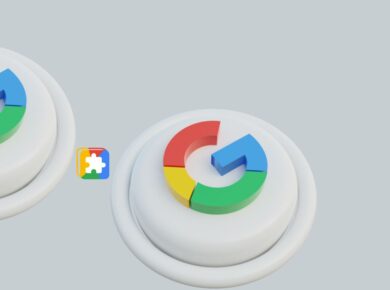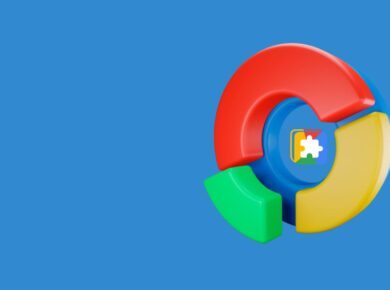UI design for right-to-left (RTL) languages involves creating user interfaces that support the unique text direction and layout requirements of languages written and read from right to left, such as Arabic, Hebrew, and Farsi. In RTL languages, the text flows from right to left, and the overall layout and design of web pages need to be adapted to accommodate this unique text direction.
Benefits of UI Design for RTL Languages
UI design for RTL languages offers several advantages:
- Global Reach: Supporting RTL languages enables the extension to reach a wider global audience, including users from regions where RTL languages are prevalent.
- Inclusivity and Accessibility: RTL language support demonstrates cultural sensitivity and ensures that users with specific linguistic needs can effectively use and interact with the extension.
- Cultural Sensitivity: RTL language support reflects cultural awareness and respect for users from regions where RTL languages are commonly used.
- Market Expansion: Businesses can expand their market reach by catering to users in regions where RTL languages are dominant, opening up new opportunities.
How UI Design for RTL Languages Works
UI design for RTL languages typically involves the following:
- Text Direction: In RTL languages, the text flows from right to left, opposite to the left-to-right (LTR) direction of most other languages.
- Layout Adaptation: The overall layout and design of web pages need to be adapted to accommodate the right-to-left text direction.
- Bidirectional Text: RTL languages often involve bidirectional text, where left-to-right text, such as numbers or Latin script, is embedded within the RTL text flow.
- Directional Controls: Users can control the text direction using directional controls, such as the “dir” attribute in HTML, to specify the text direction for specific elements.
Implementing UI Design for RTL Languages
To support RTL languages:
- Use Bidirectional Text Controls: Utilize the “dir” attribute in HTML to specify the text direction for elements, such as “rtl” for right-to-left text.
- Adapt Layouts: Design layouts that accommodate the right-to-left text direction, ensuring proper alignment, spacing, and overall visual flow.
- Test with RTL Languages: Test the extension with RTL languages to ensure proper text rendering, layout, and functionality.
- Consider Bidirectional Text: Handle bidirectional text by ensuring that left-to-right text, such as numbers or Latin script, is embedded correctly within the RTL text flow.
- Address User Interface Elements: Ensure that user interface elements, such as buttons, menus, and forms, are adapted for RTL languages, including proper alignment and spacing.
Challenges and Considerations of UI Design for Right-to-Left Languages
While supporting RTL languages offers benefits, there are considerations to keep in mind:
- Layout Adaptations: Adapting layouts for RTL languages may require significant changes to CSS styles and HTML structures.
- Text Alignment: Ensure that text alignment is properly handled, with right-aligned text for RTL languages.
- Bidirectional Text Handling: Properly handle bidirectional text, ensuring that left-to-right text is embedded correctly within the RTL flow.
- Locale-Specific Testing: Conduct testing with specific RTL languages to identify and address any rendering or functionality issues.
- Translation and Localization: Consider translation and localization to ensure that the extension’s content and functionality are appropriately adapted for RTL languages.
UI design for RTL languages is crucial for creating inclusive and accessible web extensions. By accommodating the unique text direction and layout adaptations, developers can reach a wider global audience.
RTL language support demonstrates cultural sensitivity and ensures that users from regions where RTL languages are prevalent can effectively use and interact with the extension. However, it’s important to address layout adaptations, text alignment, and bidirectional text handling to ensure a seamless and intuitive user experience for users of RTL languages.





